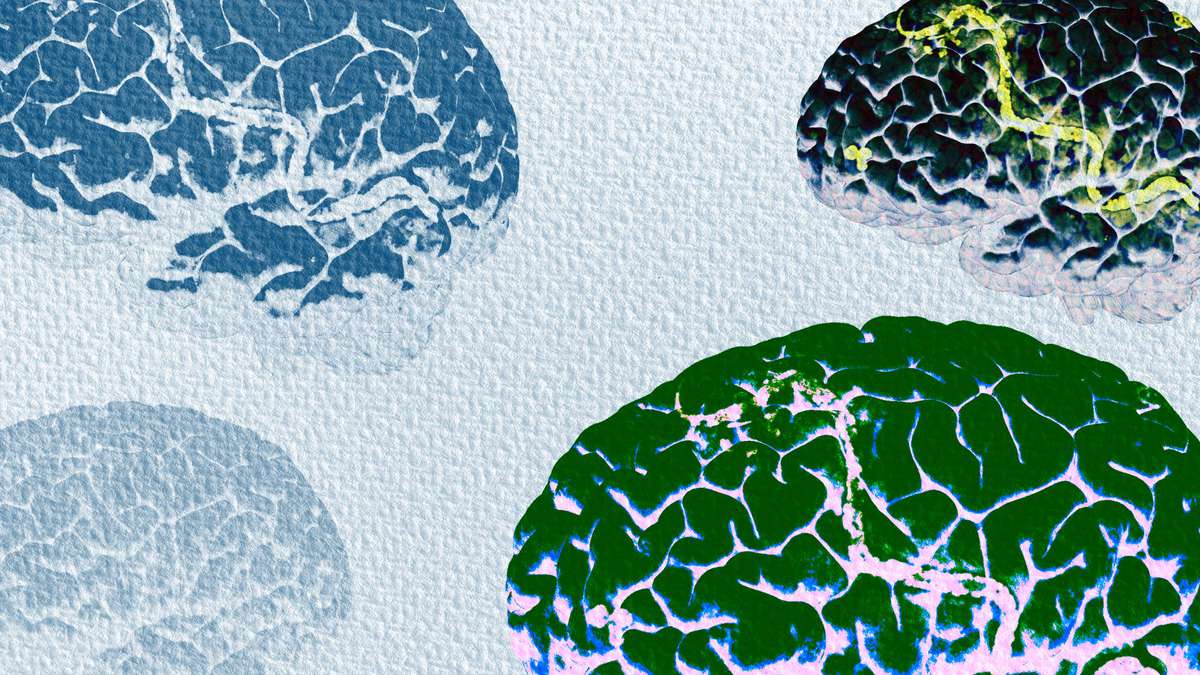A Boston-area man is doing well after suddenly suffering from seizures that were caused by a parasitic infection in his brain. The source of the infection? The larval cysts of a tapeworm.
The 38-year-old man, who has not been publicly identified, is the subject of a new case report published in The New England Journal of Medicine. The report details how the man's wife called police after he fell out of bed around 4 a.m. and started "shaking."
"He appeared confused and was 'speaking gibberish,'" the researchers wrote. Police arrived on the scene and found the man "combative and disoriented," noting that he "actively resisted being placed in the ambulance." Once he arrived at the ER, he had a seizure that lasted for two minutes, according to the report.
The researchers noted that the man, who had immigrated to Boston from a rural area of Guatemala about 20 years ago, was otherwise healthy, took no medications, rarely drank alcohol, and didn't use tobacco or illegal drugs. He also didn't have a family history of seizure disorders.
The man "remained confused and agitated" at the hospital, and he was intubated to help protect his airways. Doctors did a chest X-ray that came back normal, but a neurologic exam and cerebral imaging revealed what the problem was: the man had a tapeworm infection known as cysticercosis. And the infection was impacting his brain, causing an altered mental status and a new onset of seizures.
RELATED: Every Question You Were Afraid to Ask About Tapeworms, Answered
What is cysticercosis?
Cysticercosis is a parasitic tissue infection caused by larval cysts of the tapeworm Taenia solium. (And just FYI, larval cysts are "enclosed sacs containing the immature stage of a parasite.") The infection can affect the brain, muscle, and other tissues, according to the Centers for Disease Control and Prevention (CDC). Specifically, this man had neurocysticercosis, which is the form of cysticercosis that develops when there are larval cysts in the brain.
The cysts are a major cause of seizures in adults in most low-income countries, the CDC notes, with some of the highest infection rates being in Latin America, where the man was originally from. In the US, there are an estimated 1,000 new hospitalizations for neurocysticercosis each year, with cases most frequently reported in New York, California, Texas, Oregon, and Illinois. According to the CDC, neurocysticercosis is the most severe form of cysticercosis and can be deadly.
RELATED: New TikTok Trend Shows People Eating Papaya Seeds for Parasites—But Is That Even Safe?
How do people contract cysticercosis?
It was not revealed exactly how this man contracted his neurocysticercosis. But people typically get cysticercosis by swallowing T. solium tapeworm eggs found in the poop or poop particles of someone who has that type of tapeworm, the CDC says. A common way that can happen is when a person who has a tapeworm doesn't wash their hands while preparing food, in turn passing the tapeworm eggs on to others.
Besides eating food made by someone with a T. solium tapeworm infection, you're also at higher risk of swallowing parasite eggs and developing cysticercosis if you yourself have a T. solium tapeworm infection or if you live in the house of someone who has the tapeworm infection. That's because tapeworm eggs are spread through food, water, or surfaces contaminated with feces, so even touching a contaminated surface with your fingers and then putting your fingers into your mouth can pass on the infection.
RELATED: This Woman Thought She Had a Brain Tumor, but It Was Actually a Tapeworm
What are the symptoms of cysticercosis?
Cysticercosis can cause lumps to form under the skin and, if the cysts spread to the brain or spinal cord, they can cause headaches and seizures, the CDC says. In rare cases, the cysts may float in the eye and cause blurry or disturbed vision, eye swelling, or detachment of the retina.
Worth noting: Symptoms of cysticercosis can show up months to years after a person is infected, and signs usually develop when the cysts begin to die, per the CDC. At that point, the brain or other tissue around the cyst can swell, leading to symptoms. "At first, the disease is relatively indolent, because the eggs form cysts that do not generate a clinically significant immune response for approximately five years," the case study authors wrote.
The man in this case was admitted to the ICU and given levetiracetam, a medication that's usually used to treat epilepsy. He was also given two weeks of the tapeworm medications albendazole and praziquantel, along with four weeks of a high dose of the steroid prednisone. He was discharged from the hospital after five days.
It's been three years since the man first went to the ER for his seizures, and he's been seizure-free ever since, the case report says.
To get our top stories delivered to your inbox, sign up for the Healthy Living newsletter
